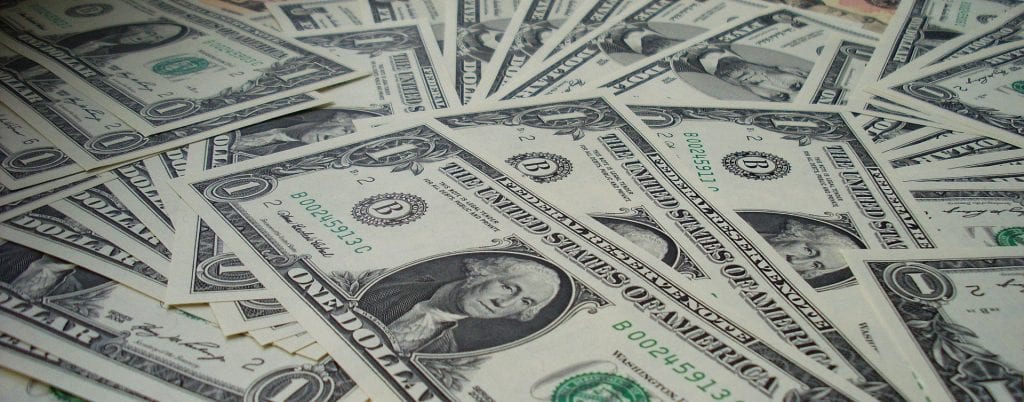

By Lance McCarthy
I’ll start our “How much does a __________ cost?” conversation with a fairly easy topic: decks. I have seen a lot of great options become available in the 20 years since I started building decks in college, and think this is one of the easiest ways to help grow a house’s living space.
Decks (as with every project) have three main cost elements: product, plan and people.
Plan: By plan I mean how it is built. Is it 100 square feet or 1000? Is is curved or square? Is it on the ground or 3 stories up? All of these elements matter. Check out the deck estimator at the bottom of the page to get a sense of how this “moves the needle”. At the risk of oversimplifying things, a good base cost for a deck would be about $18 per square foot plus about $18 per linear foot of railing.
Product: By product I mean what it is built with. In some projects (like room additions or basement finishes), this makes up a fairly small portion of the total project. In decks, it is usually between 30-60 percent of the cost, so the decision of what to use really matters. The frame (the part that isn’t visible) usually doesn’t vary much, so we will focus on the visible parts. The decking boards themselves and the railing (and other options) is where all the price swing happens. We usually separate the basic options by what they are made of — see below the photo.
Pressure treated lumber is basically just pine that has been chemically treated to keep it from rotting over time. It doesn’t look great, but is very cheap and will last a long time. But…low price is only the first cost. It will require re-staining every 1-2 years, which starts to tip the scales of true cost over time. Unless you just don’t touch it and it will just be that weathered gray thing in the back yard that didn’t cost very much to install.
$$ Cedar used to be the gold standard. You should figure an increase of about 15 percent over base cost for cedar. Over time the price has risen and the quality of the lumber has decreased, so I don’t recommend it as often as I used to. It looks much prettier than pressure treated, but still grays over time and needs maintenance.
$$$ Composite is the new standard. You should figure about 15 percent over cedar for basic composite (like Evergrain or Timbertec), and another 15 percent for nicer composite (like Azek) or hardwood (like Ipe). There are dozens of different products, but many have now been time-tested. Nothing is maintenance free, but many of these get pretty close. That means over time the more expensive first cost will turn into a less expensive true cost.
People: The “who” of a project matters. We’ll cover this in more detail later. In decks, there isn’t a huge swing in cost (usually less than 25 percent) from the most legit to least legit craftsmen. We have developed a deck cost calculator that you are free to use. Feel free to jump on and play around with factors to see what you come up with.
Lance’s Cardinal Rule #1 of Construction Cost True Cost v. First Cost. When someone asks “How much?” they are asking for “First Cost”, or the initial purchase price. However, most things have recurring costs. Factoring in “True Cost” (or the cost over a period of years) for a project you are considering could result in a different right answer. Here’s a chart to illustrate this with decks.

